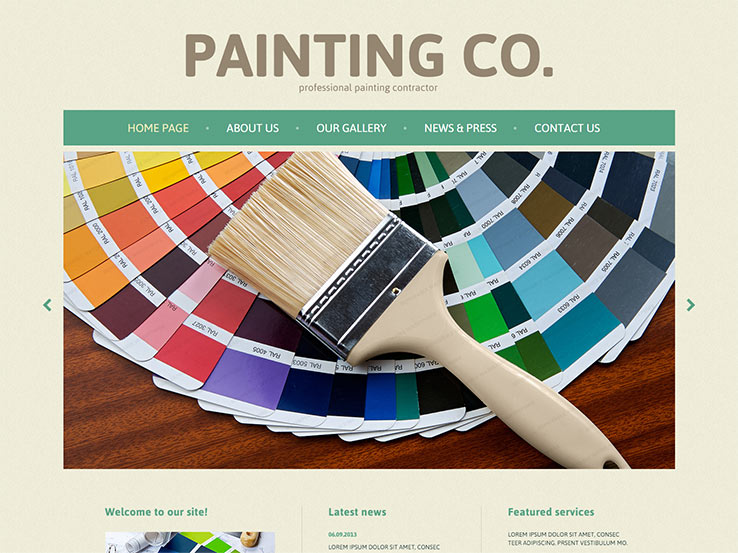Seasonal Factors In Industrial Exterior Paint: Trick Insights You Should Understand
Seasonal Factors In Industrial Exterior Paint: Trick Insights You Should Understand
Blog Article
Article Created By-Korsholm Browne
When you're intending a business exterior paint job, seasonal factors can make or break your outcomes. You'll wish to take into consideration just how temperature and moisture effect paint application and drying out times. Choosing the ideal season can guarantee your paint sticks appropriately and lasts much longer. However which Visit Home Page are genuinely the very best for this sort of work? Let's discover the crucial elements that can affect your job's success.
The Effect of Temperature on Paint Application
When you're planning a commercial external paint task, the temperature can dramatically affect how well the paint adheres and dries out.
Preferably, you want to paint when temperatures vary in between 50 ° F and 85 ° F. If it's too cold, the paint may not treat properly, leading to problems like peeling off or splitting.
On the flip side, if it's also warm, the paint can dry out also rapidly, protecting against appropriate adhesion and leading to an unequal surface.
You need to additionally consider the moment of day; morning or late afternoon supplies cooler temperature levels, which can be more favorable.
Always check the manufacturer's suggestions for the certain paint you're utilizing, as they often offer advice on the suitable temperature level range for optimal results.
Humidity and Its Impact on Drying Times
Temperature isn't the only ecological variable that influences your industrial external painting task; humidity plays a significant duty as well. High humidity degrees can slow down drying out times substantially, impacting the overall quality of your paint work.
When the air is saturated with dampness, the paint takes longer to heal, which can lead to concerns like inadequate bond and a higher risk of mold growth. If you're repainting on an especially moist day, be prepared for extended delay times between coats.
https://www.housebeautiful.com/home-remodeling/a26839288/painting-over-wallpaper-tips/ to monitor local weather and strategy as necessary. Preferably, aim for moisture levels in between 40% and 70% for optimum drying out.
Maintaining these factors in mind ensures your project remains on track and supplies an enduring coating.
Best Seasons for Commercial Outside Paint Projects
What's the best season for your business external paint projects?
Spring and very early loss are commonly your best bets. Throughout these periods, temperatures are light, and humidity levels are often lower, developing ideal problems for paint application and drying.
Stay clear of summer's intense heat, which can cause paint to completely dry as well rapidly, leading to poor attachment and finish. In a similar way, winter's chilly temperature levels can impede proper drying out and healing, taking the chance of the long life of your paint job.
Aim for days with temperature levels between 50 ° F and 85 ° F for ideal outcomes. Remember to inspect the regional weather forecast for rainfall, as damp conditions can ruin your project.
Planning around these elements guarantees your painting project runs smoothly and lasts much longer.
Conclusion
Finally, preparing your commercial outside paint jobs around seasonal considerations can make a substantial difference in the end result. By organizing work throughout the optimal temperature levels and moisture levels, you'll make sure better bond and drying times. Keep in mind to watch on neighborhood weather prediction and pick the right time of year-- spring and very early autumn are your best options. Taking these steps will certainly aid you achieve a long lasting and specialist coating that lasts.
